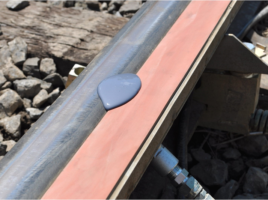
Developments in Top of Rail and Gage Face Friction Management Consumables
New all-season TOR and GF FM products show performance and efficiency benefits over traditional seasonal variants.


New all-season TOR and GF FM products show performance and efficiency benefits over traditional seasonal variants.
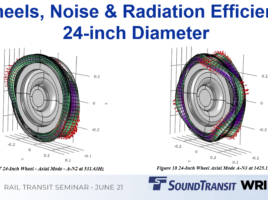
by Jeff Tuzik Seattle’s Link Light Rail, operated by Sound Transit, is a fairly young system. And by most standards, a small system. But it’s also a sophisticated system, and it’s growing fast. The system currently operates 25 miles of track and is in the midst of expanding to 50 …
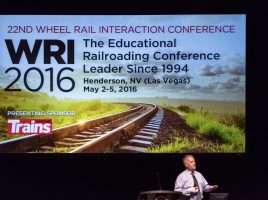
By Jeff Tuzik It’s easier now than ever to collect data on wheel/rail interaction. The number of measurement tools, the number of parameters that can be measured, and the accuracy of those measurements have changed the way wheel and rail systems are designed, monitored and maintained. While all of …

By Jeff Tuzik See Part 1 A thorough understanding of the forces contributing to wheel/rail interaction requires a grasp of both theoretical concepts and operational practices. Speakers at the 2015 Wheel Rail Interaction Conference, European Union (WRI EU) addressed both, presenting findings from the lab and operating environment of vehicles …

By Jeff Tuzik For over 20 years, the Wheel/Rail Interaction conferences have brought together railway industry professionals, researchers and suppliers to share their expertise in the field of wheel/rail interaction. Until recently, the conferences have been held only in the United States and have drawn on North American experiences. In …

By Jeff Tuzik (See Part 1) The benefits of taking a proactive approach to wheel/rail interface management are well known. Year after year at Wheel Rail Interaction conferences, speakers have extolled the benefits of moving away from costly reactive maintenance strategies. The “firefighting” method of moving from one critical exception to …
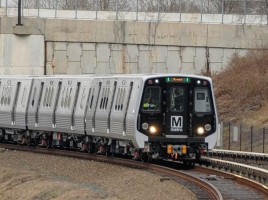
By Jeff Tuzik Maintaining a state of good repair (SGR) weighed heavily on the minds of those in attendance at the 2015 Rail Transit Wheel Rail Interaction Conference, as transit properties will be required to meet requirements established by the Federal Transit Administration as early as next year. SGR – …
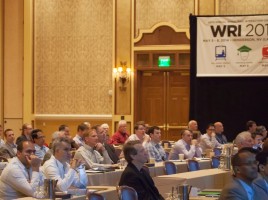
WRI 2014 Heavy Haul: Part 2 (See Part 1) by Jeff Tuzik Wheel/rail interaction impacts virtually every aspect of railroading, including operational safety and efficiency, the effectiveness of vehicle and track maintenance and maintenance planning. WRI affects the bottom line, too. When things go wrong, the culprit is often somewhere …
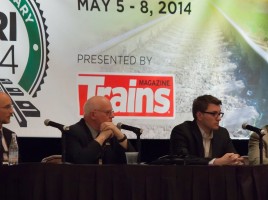
by Jeff Tuzik It wasn’t so long ago that measurement technology referred to calipers, gauges, or other tools. And it wasn’t so long ago that the data railroads collected on their properties was measured in pages instead of gigabytes. Now, the data flows constantly. Automated measurement technologies, both vehicle- and …
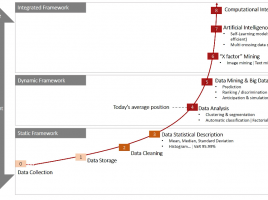
by Jeff Tuzik Raw data by itself doesn’t always help much. In fact, it can be a burden. Extracting actionable information from raw data is an issue that the railroad industry has grappled with for years. (See WRI 2008: Data to Information) And as measurement and monitoring technologies have advanced, …
© 2025 Interface Journal